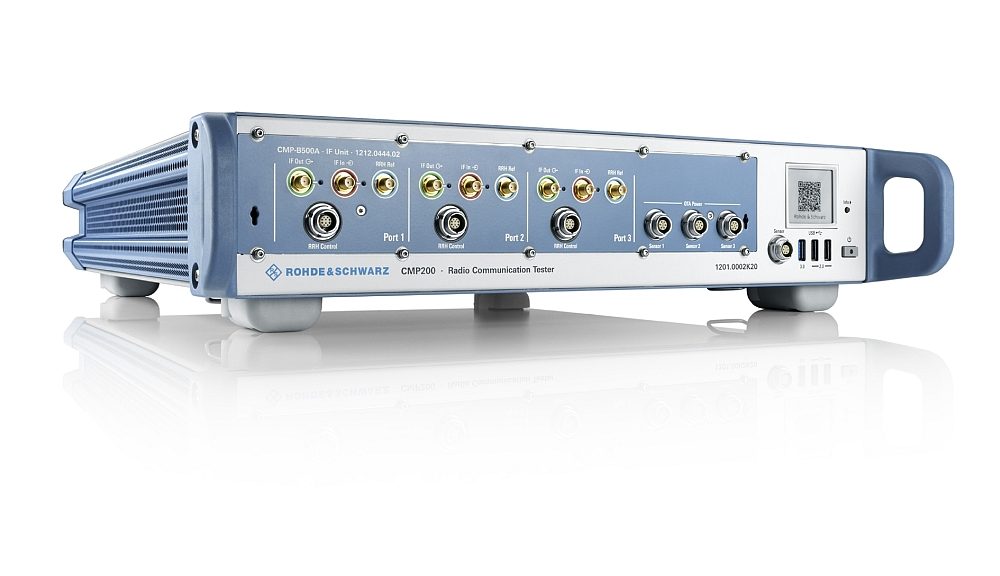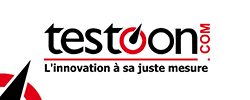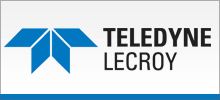- Rohde & Schwarz and Decawave, specialists in UWB (Ultra Wideband) technologies, have developed a solution for testing UWB functions for chips and other electronic devices.
- Rohde & Schwarz has thus integrated UWB test capabilities into its R&S CMP200 radio communication tester.
- This makes the tester, according to Rohde & Schwarz, the only test platform on the market capable of performing 5G FR2 and UWB function tests in both R&D and production.
Ultra Wideband (UWB) is a radio technology based on the IEEE 802.15.4a and 802.15.4z standards that enables very precise measurement of the time of flight of the radio signal. It enables centimeter accuracy for distance/location measurement with a range of up to 75 meters.
UWB technology, based on the IEEE 802.15.4a and 802.15.4z standards, enables centimeter-accurate location measurements at distances up to 75 meters. Secure data transmission at data rates of up to 27 Mbps is achieved with very low power consumption. The very wide bandwidth and very low power density make it possible for UWB signals to share spectrum with other narrowband and wideband systems without causing interference.
The 802.15.4a/z standards include several frequency bands; Decawave as a founding member of the UWB Alliance already supply products using frequencies from 3.5 to 6.5 GHz. However, interest is now concentrating on the high band, with channels defined between 5.8 and 10.6 GHz, supporting higher power transmission, leading to longer range. The DW3000 chipset shall operate using UWB channels 5 and 9 in the high band, with a bandwidth of 500 MHz.
The R&S CMP200 radio communication tester is designed to meet RF test requirements for devices operating from 6 to 20 GHz in stand-alone mode, and for all essential 5G FR2 bands including 28 GHz and 39 GHz when used with the remote radio head, the R&S CMPHEAD30.






